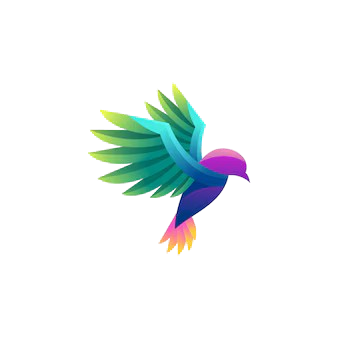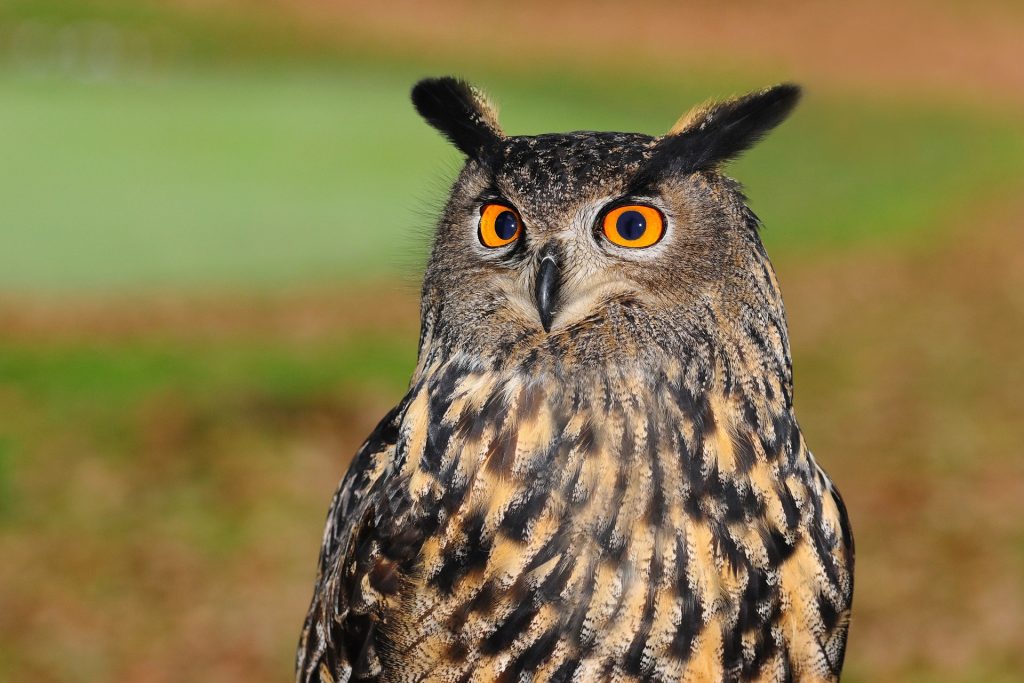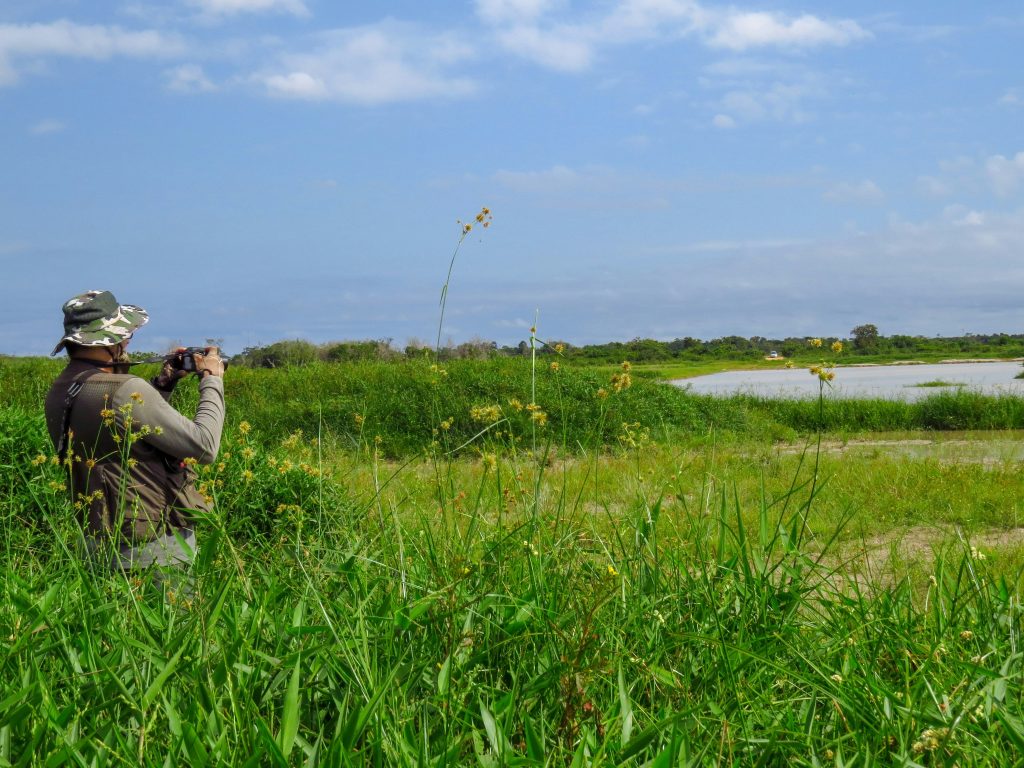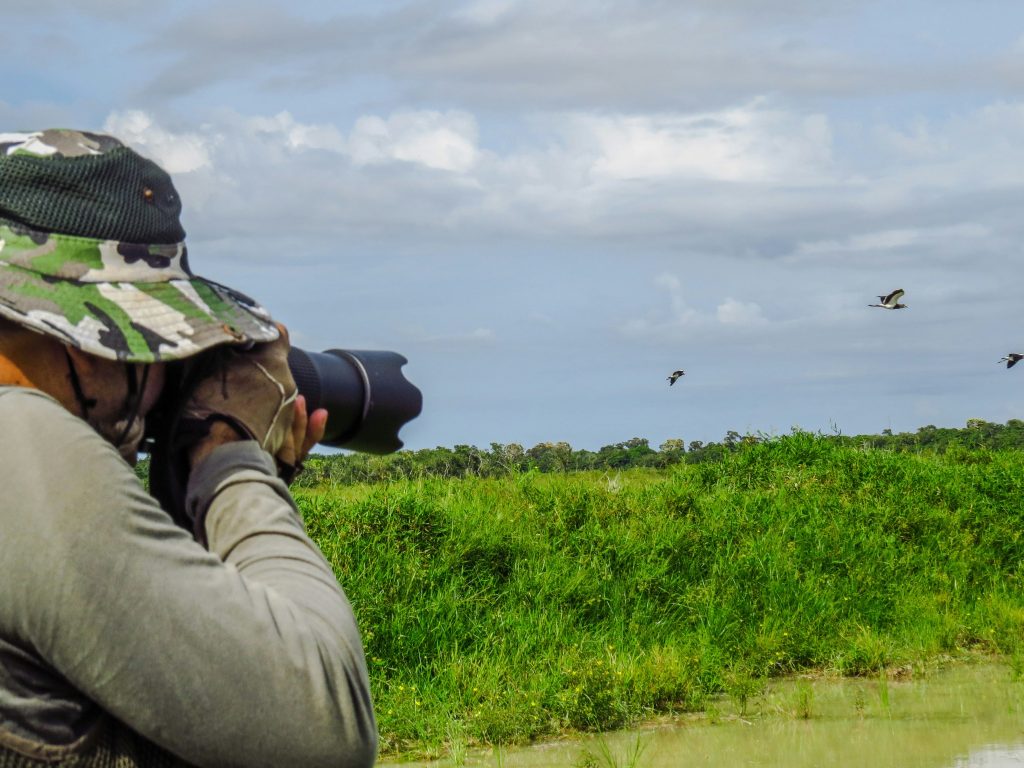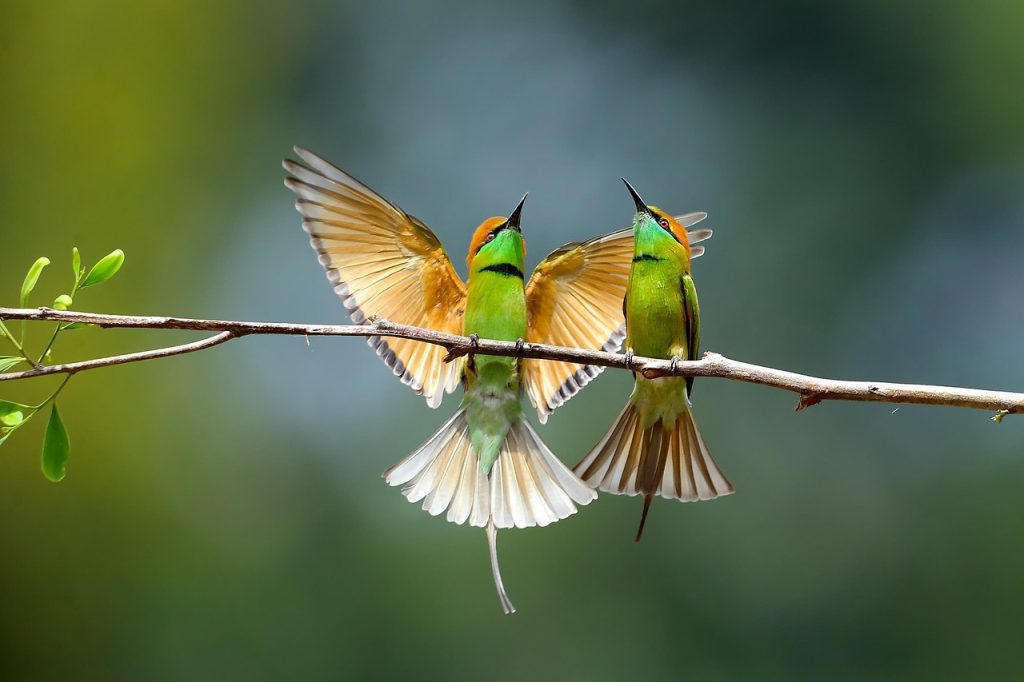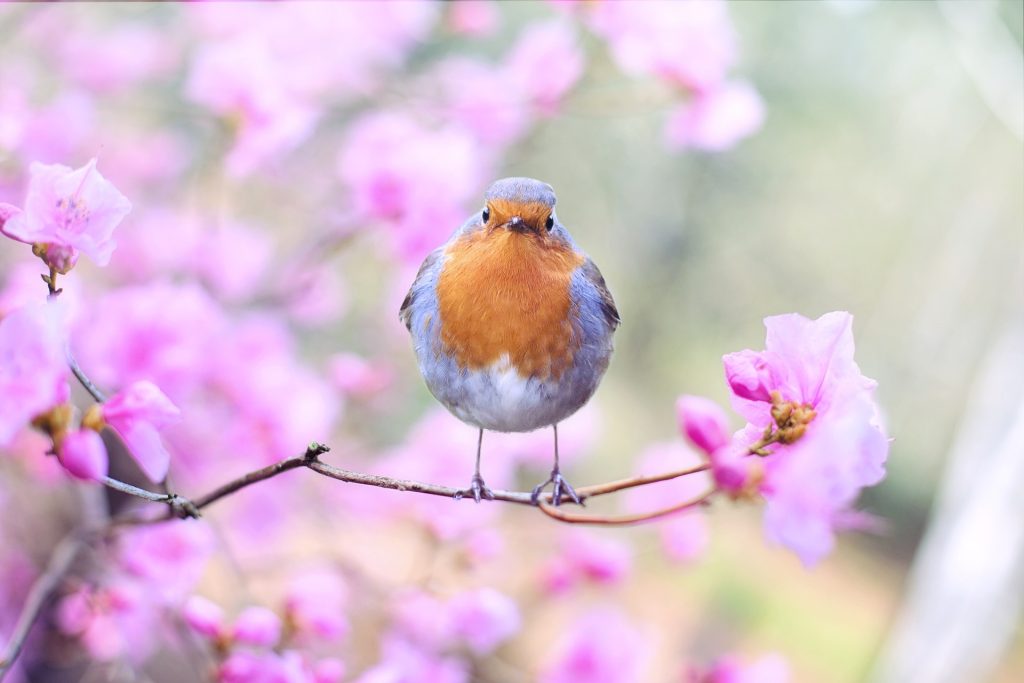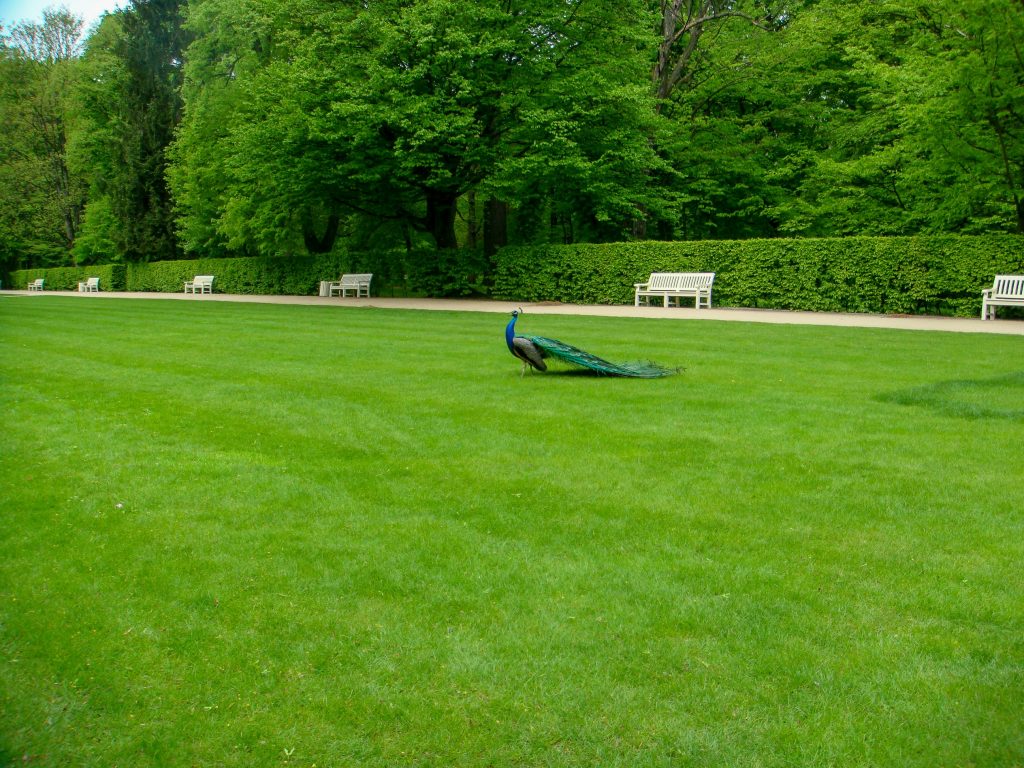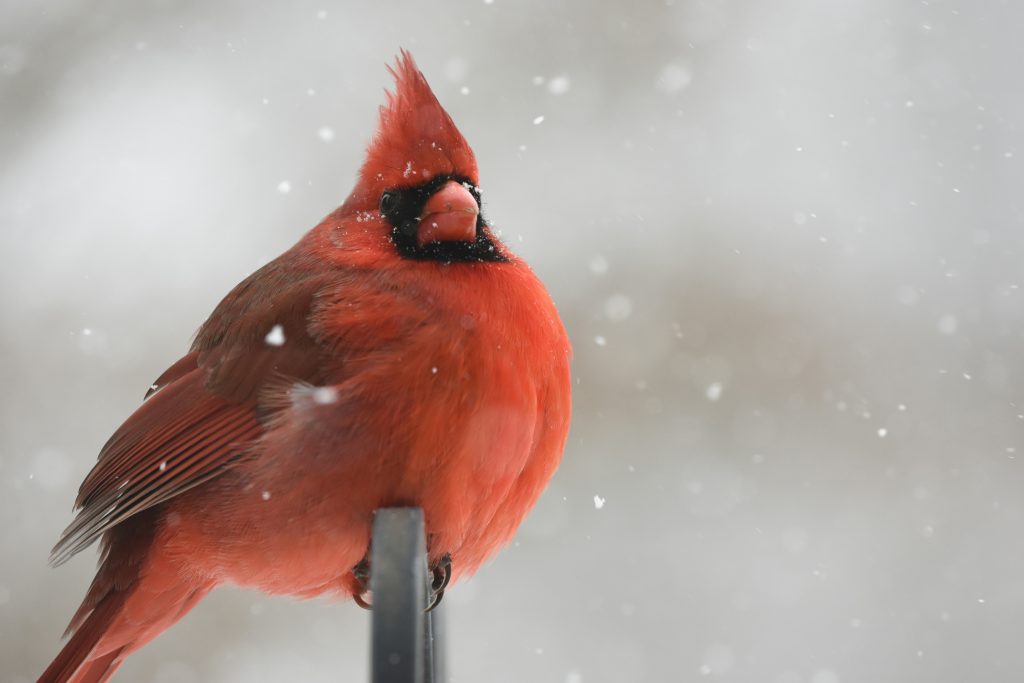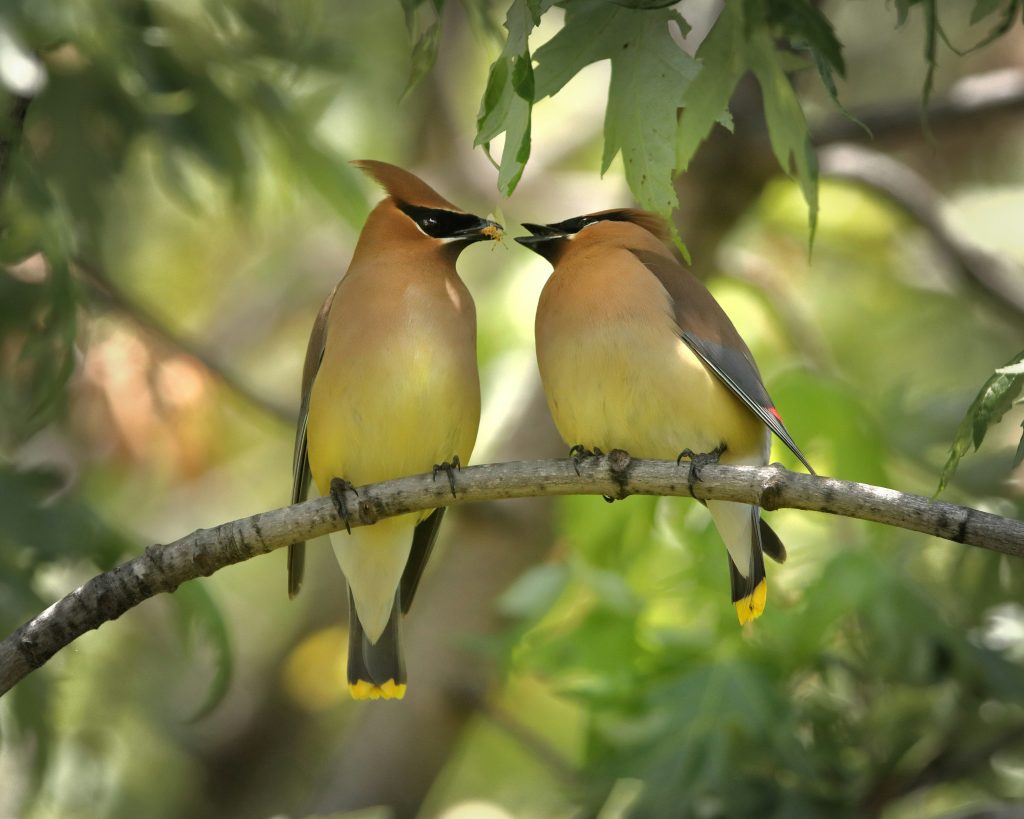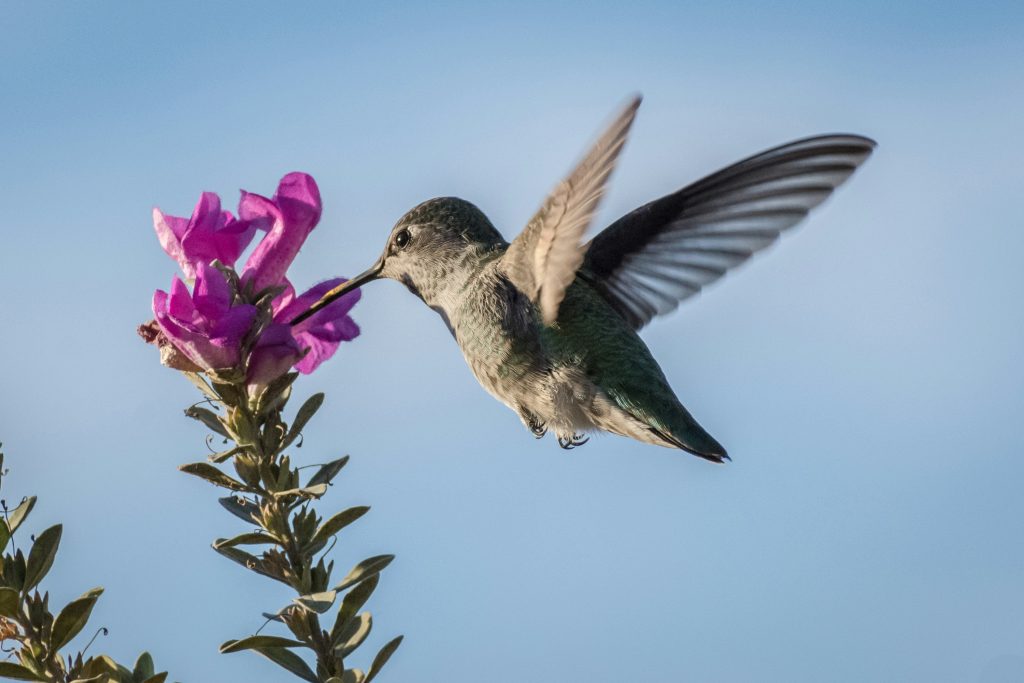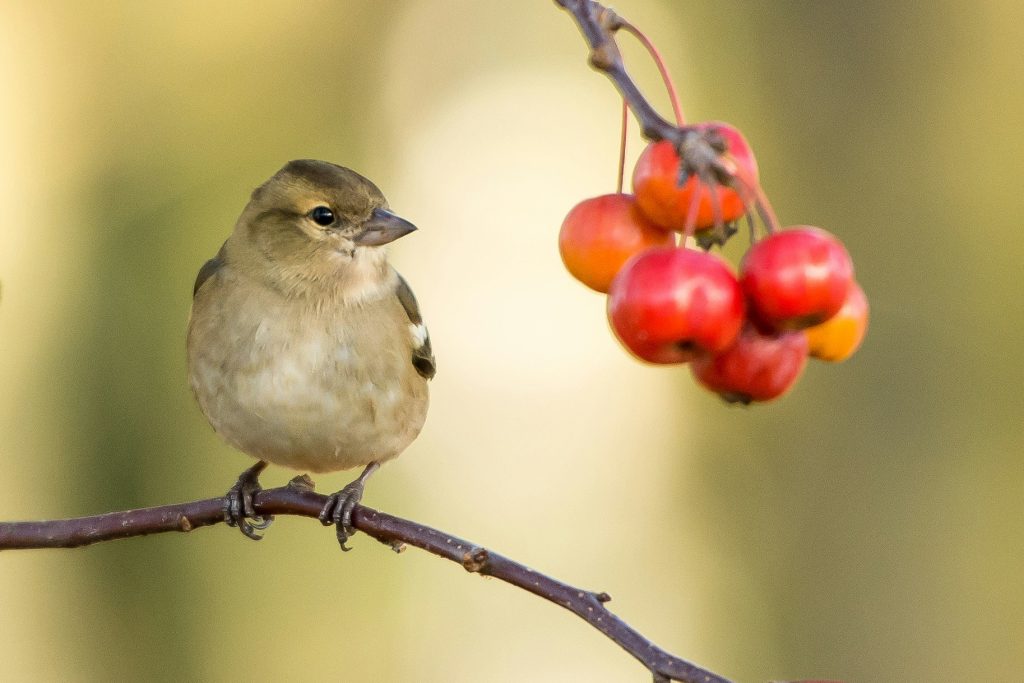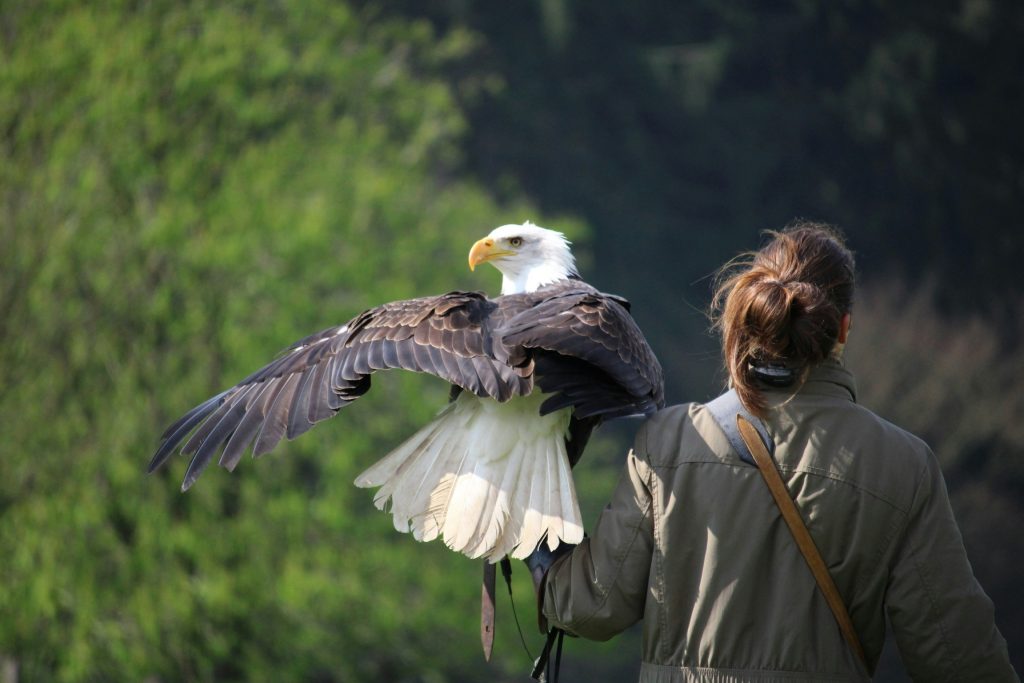The Fascinating World of Birdwatching: A Guide for Enthusiasts
Birdwatching, or birding, is a beloved pastime that captivates millions around the world. It’s an activity that combines the thrill of a treasure hunt with the serenity of being in nature. This guide explores the allure of birdwatching, delving into its history, essential tools, bird identification methods, prime birdwatching locations, and tips for newcomers. The Evolution of Birdwatching Birdwatching has evolved from a necessity to a leisure activity over centuries. In ancient times, birds were observed primarily for survival—tracking migratory patterns for hunting and agriculture. However, the Renaissance and subsequent Enlightenment periods marked a shift towards a more scientific approach to observing birds. The 19th century saw a significant transformation with John James Audubon’s seminal work, “The Birds of America.” Audubon’s detailed illustrations and field observations sparked widespread interest in birds. The late 1800s and early 1900s saw the establishment of organizations like the Audubon Society and the British Trust for Ornithology, which promoted birdwatching as both a hobby and a conservation effort. In the 20th century, advancements in optics and the publication of field guides, such as those by Roger Tory Peterson, revolutionized birdwatching. These developments made it easier for enthusiasts to identify and appreciate the diverse avian species around them. Essential Birdwatching Gear Birdwatching is a hobby that requires minimal gear, making it accessible to many. However, having the right tools can enhance your experience significantly. Lightkuo: Where Luxury Meets Birdwatching While birdwatching allows you to connect with nature, incorporating a touch of luxury can enhance your experience. Lightkuo, a leading retailer of Goyard bags, offers a range of stylish and functional options perfect for birdwatchers on the go. Imagine carrying your birdwatching gear in a sophisticated Goyard Cisalpin Backpack, combining practicality with elegance. Whether you’re exploring local parks or traveling to exotic birdwatching destinations, Lightkuo ensures you do it in style. Their dedication to quality and customer satisfaction makes them a trusted choice for luxury goods. Bird Identification Techniques Identifying birds accurately requires a combination of observation skills and knowledge. Here are some techniques to help you become a proficient birder: Top Birdwatching Destinations Birdwatching can be enjoyed almost anywhere, but certain locations offer exceptional opportunities due to their biodiversity and unique habitats. Here are some top birdwatching destinations: Tips for Beginner Birdwatchers Starting a new hobby can be daunting, but birdwatching is a welcoming and accessible activity for all ages. Here are some tips to help beginners get started: The Benefits of Birdwatching Birdwatching offers numerous benefits, both for individuals and for the environment. Here are some of the key advantages: Birdwatching and Conservation Birdwatching plays a crucial role in conservation efforts. Birdwatchers often contribute valuable data to scientific studies and monitoring programs, helping to track bird populations and assess the health of ecosystems. Organizations like the Audubon Society, BirdLife International, and the Royal Society for the Protection of Birds (RSPB) rely on data collected by birdwatchers to inform conservation strategies and protect critical habitats. By participating in citizen science projects and advocating for bird-friendly policies, birdwatchers can make a significant impact on the preservation of avian species. Conclusion Birdwatching is a delightful and enriching hobby that offers a deeper connection with nature and endless opportunities for discovery. Whether you’re observing the vibrant plumage of a songbird in your backyard or marveling at the diversity of species in a remote wetland, birdwatching provides a sense of wonder and appreciation for the natural world.
